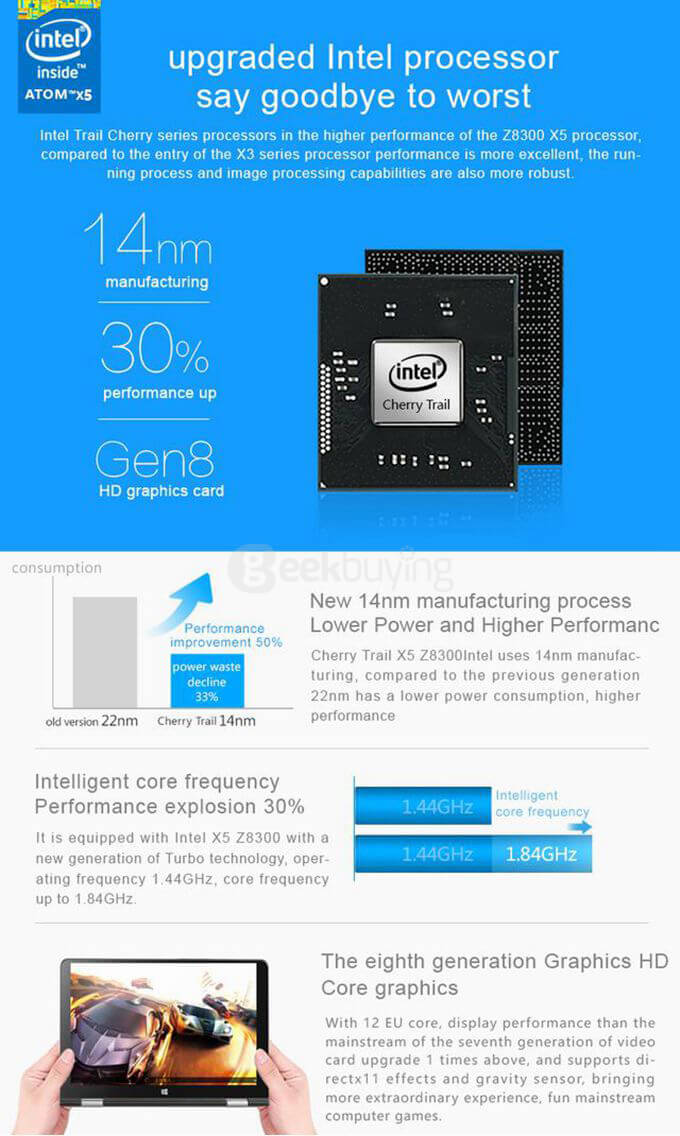
1.45 to find the magic recovery file name, but when I run it against the bin file from the support site, it is not recognised as an AMI bios. The UEFI interface does not come up when I press ESC (the normal key). Apart from this LED, there is no other indication that anything is going on in the system. The "system" (if it can be called that in its current state) can also be turned off again by pressing and holding the power button. There is no onboard beeper and no other LED's apart from the system LED which illuminates as soon as I press the power button. If I use a USB pen with builtin LED, I notice that the LED starts to flash quickly as soon as it is plugged into the powered USB 3 socket, but the flashing doesn't change at all when I power on the system using the power switch. Plugging in the USB, pressing CTRL+HOME to force the system to find the file and waiting.

Plugging in the USB, leaving the system to find the file and waitingĢ. Plugging in the USB, pressing HOME to force the system to find the file and waitingģ.

I have tried the regular AMI recovery workflow, renaming bin file to AMIBOOT.ROM on a USB stick and:ġ.
#VOYO VBOOK V1 UPGRADE#
Within a day I had managed to brick it by trying to flash a "BIOS" upgrade from the Voyo support site: īased on Apollo Lake 3450 and with AMI /APTIO EFI ("BIOS"). Some Bios Strings Exceeds The Maximum Le. Lenovo Y50-70 (9ECNxxWW) White.Īsus Zen Book UX534FTC BIOS-MOD-UNLOCK-A.
#VOYO VBOOK V1 MOD#
Sure, it may not come with the expansion capabilities of this mini PC, but it is an infinitely more flexible option, especially if you're a business and don't want to worry about the hassle of aftersales.Bios mod for Lenovo Ideapad 51. A laptop with a touchscreen display and a 500GB hard disk drive costs around £220 (around $290, AU$380) in the UK. The real threat to this device, though, comes from laptops – not barebones. All of them are cheaper but other than the V3, the rest use the slower Intel Atom Z8300 CPU. The competition is composed mainly of the Voyo V3, the Nexbox T9, the Pipo X6S and the K6A.
#VOYO VBOOK V1 WINDOWS 10#
The ability to run Ubuntu is also commendable although unless you're a Linux aficionado or anti-Microsoft, we'd fail to see why one would get rid of the existing Windows 10 installation. System admins will also appreciate the Gigabit wired connectivity option as well as the SATA port connector, the 802.11ac Wi-Fi and the Windows 10 license.

The fact that it has a VGA port and allows for upgrades means that you can connect it to a legacy monitor. This is perhaps the best mini PC we've come across for SMBs. One missing feature that might be a deal-breaker for some is the absence of holes for VESA brackets – so you won't be able to hang the V1 on the back of a TV or monitor. In use, we didn't experience anything out of the ordinary bar the noise of the fan using Google Chrome, playing some YouTube videos and some light in-browser gaming were all performed without hiccups.
#VOYO VBOOK V1 INSTALL#
The V1 runs Windows 10 Home 64-bit – which you can upgrade to Windows 10 Pro – and you should be able to install Ubuntu on it. On paper, both should perform equally well on light tasks, the type of workload you'd find in a SoHo/SMB environment or a thin client scenario. The former has a higher base frequency (320MHz compared to 200MHz) but a lower execution units (EU) count of 12 rather than 16. Another difference between the two models is the integrated graphics (Intel HD Graphics 400 versus Intel HD Graphics). The J3160 supports dual memory channel but the V1 has only one memory slot. The processor used by the V1 is a Braswell-based model, an Intel Celeron J3160 which looks a lot like the Atom x7-Z8700 from last year but with a slightly lower turbo frequency (2.24GHz compared to 2.4GHz).īoth these processors have four cores and handle four threads, are fabbed using a 14nm process, have 2MB L2 cache and a base frequency of 1.6GHz.


 0 kommentar(er)
0 kommentar(er)
